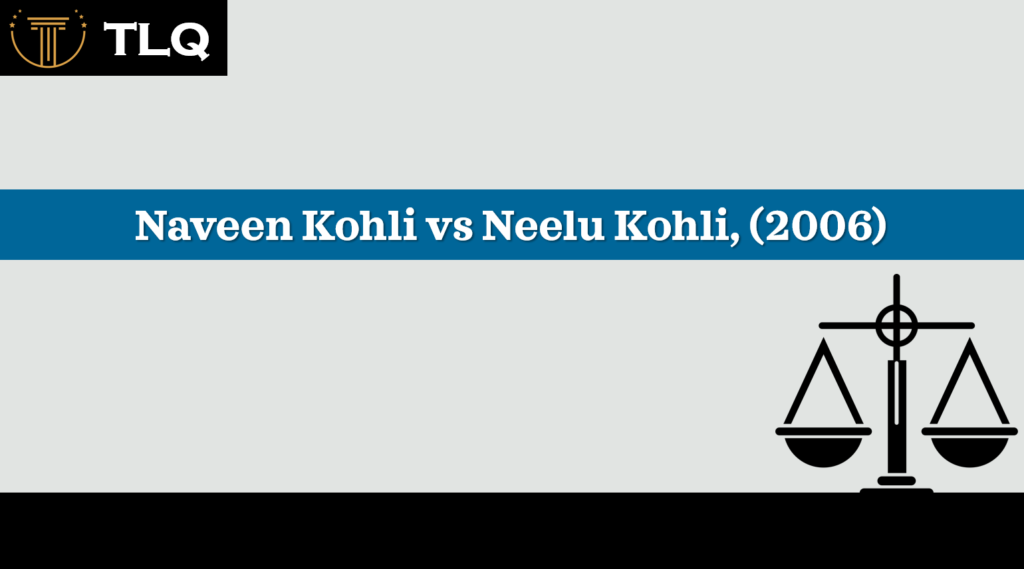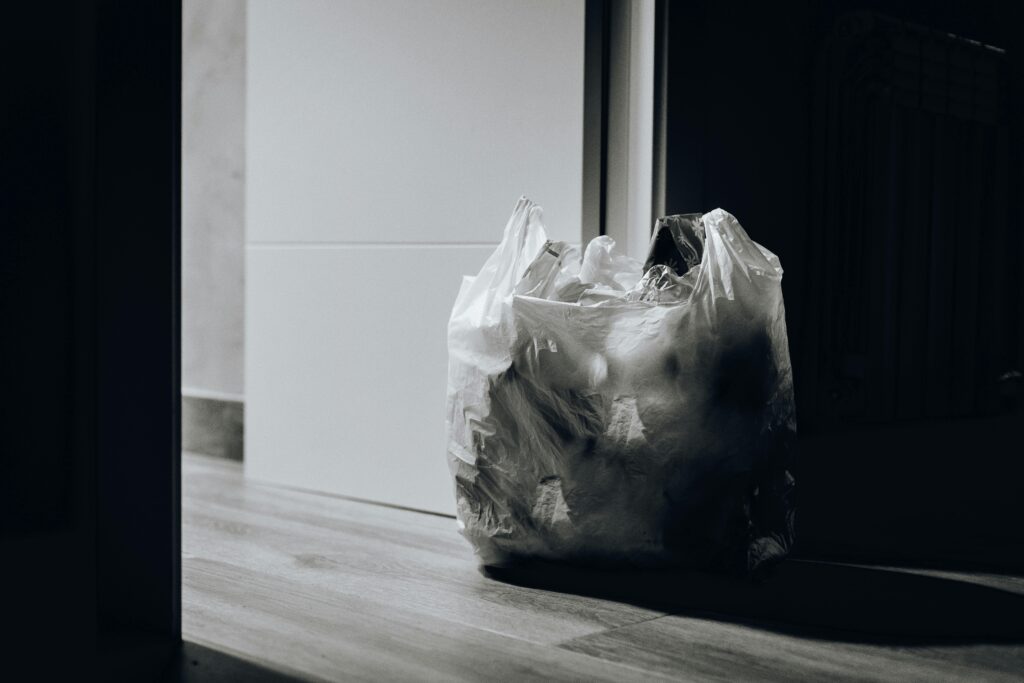Published On: September 04th 2025
Authored By: Fatheena
VIT Chennai
ABSTRACT
Custodial deaths have become more normalized these days, yet it remains a brutal crime. This article discusses the crime of custodial torture, power abuse, and custodial deaths. It discusses the existing legal framework and analyses real-life cases. Through these cases, the article identifies common patterns like unlawful detention, fake FIRs, lack of medical care, recklessness, and delayed justice. This article argues that while laws exist in words, their implementation is inadequate. It also calls for structural reforms and strict accountability, while focusing on a more victim-centric approach. These findings stress on the idea that unless the laws are acted upon, strictly, rather than just having them written on paper, this cycle of custodial deaths will keep repeating, leaving no room for justice.
KEY WORDS: Custodial Deaths, Power Abuse, Police brutality, Legal Framework, Custodial torture, Custodial Violence, Criminal Justice System.
INTRODUCTION
A young man, who was working as a security guard at a village temple was wrongfully accused of stealing the complainant’s gold ornaments. He was tortured and brutally beaten by the police officials, leading to his death. The headlines said “Ajith Kumar, 27, dies in custody.” This incident sparked a massive public outrage and led to questions about the proper functioning of the police system.
But Ajith is not the only one. In fact, deaths like these happen almost every year across our country. According to a report by the National Human Rights Commission, 669 cases of death in police custody were registered across India from April 1, 2017 to March 31, 2022[1]. And the shocking news? Not all the victims of custodial deaths get the justice they deserve.
But what exactly is a custodial death, and why does it matter?
Custodial death is defined as the death of a person that occurs in custodial detention which can be either a police cell or prison.[2] It can occur during police investigation, trial or even after conviction. It can occur due to various causes such as use of excessive force, neglect, or abuse by the authorities.[3]
In a democratic country where the police system is supposed to protect its citizens, incidents like these inflict fear in minds of people rather than making them feel protected.
With every incident of custodial death, one thing is clear enough:
The system is broken. And nobody does anything about it.
The law is just written on paper. But the implementation is often absent.
This article questions why laws meant to avoid custodial deaths remain forceless, by examining and finding common patterns in real-life cases.
LEGAL PROVISIONS RELATED TO CUSTODIAL DEATHS
In order to address custodial deaths in India, the legal framework includes provisions from the Bharatiya Nyaya Sanhita (BNS), Bharatiya Nyaya Suraksha Sanhita (BNSS) and few other relevant laws. The above mentioned legal provisions are as follows:
Bharatiya Nyaya Sanhita (BNS):
- Section 100- Culpable homicide
- Section 103- Punishment for Murder
- Section 105- Punishment for Culpable Homicide not amounting to murder
- Section 120- Voluntary Causing Hurt To Extort Confession
- Section 127(8) – Wrongful Confinement to extort Confession
Bharatiya Nyaya Suraksha Sanhita (BNSS):
- Section 196- Inquiry by Magistrate into cause of death
- Section 197 – Ordinary Place of Inquiry and trial
- Section 187 – Procedure when investigation cannot be completed in 24 hours
- Section 43 – Arrest how made
- Section 46 – NO unnecessary restraint
- Section 53 – Examination of arrested person by medical officer
- Section 183 – Recording of Confessions and statements
SUPREME COURT GUIDELINES: D. K. BASU V STATE OF WEST BENGAL
In the landmark case of D.K. Basu v. State of West Bengal[4], the Supreme Court laid down the guidelines to prevent custodial tortures and deaths. These guidelines are legally binding under the Article 141 of the Indian Constitution.
The above said guidelines are as follows:
- The police must wear their name tags for easy identification. All details of the concerned police officials must be entered in a register.
- An arrest memo must be made at the time of arresting a person with clear details as to date, time, and place of arrest. It must be signed by the concerned arresting officer, the arrestee, and a witness.
- The arrested person has a right to inform a friend or his family.
- If the friend/family is in another city/state, the police must inform via message/telegram within 8-12 hours of arrest.
- The police must inform the arrestee about: their right to inform someone, their right to consult a lawyer, and their right to seek timely medical help.
- All the material details of the arrest must be recorded in the police station’s diary.
- In case the arrestee has any injuries, an inspection memo must be prepared and signed.
- The arrested person must be examined by a doctor every 48 hours while in the custody.
- The police must send the arrest memo and other required documents to the Magistrate.
- The arrested person must be allowed to meet their lawyer during questioning.
- Every state/district headquarters must display the names and details of all those in custody, and it must be updated every 12 hours.
Strict adherence to these guidelines ensure that there no person is harmed while in custody.
NHRC GUIDELINES FOR CUSTODIAL DEATHS
The National Human Rights Commission[5] also laid down certain guidelines to regulate arrests and to avoid deaths during custody:
- The police must inform any cases of custodial death or rape to the NHRC within 24 hours of its occurrence. Or else, it’ll automatically be assumed as a ‘cover-up’.
- A magistrate must conduct an inquiry regarding the reported incident, as per Section 96 of BNSS. The inquiry must include a scene visit and statements from the witnesses while involving the victim’s family during the process.
- During the victim’s post-mortem, proper videography and photography of the process is mandatory. It must clearly include description of the injuries and examination of internal organs. The obtained samples must be preserved for a forensic test.
- The police must preserve all the necessary evidence- Lock-up registers, CCTV footage, injury reports and medical files.
- The police officers involved in custodial death cases must not be given rewards or promotions until the inquiry is over.
- Moreover, NHCR has an authority to visit and inspect police station lock-ups without prior notice.
While the NHRC has laid down victim-centric, practical guidelines to curb custodial deaths, their impact remains below standards without proper enforcement across states.
REAL-LIFE CASES THAT SHOOK THE SYSTEM
- Nilabati Behera v. State of Orissa (1993 SCC (2) 746): Suman Behera, the petitioner’s son was arbitrarily arrested. The next day, his body was found on a railway track, with multiple injuries. His mother, Nilabati Behera filed a writ petition under Article 32 of the Constitution. The issue before the court was whether the state could be held responsible for the victim’s death and whether monetary compensation could be granted as a remedy for violation of fundamental rights of an individual. The SC held that the victim’s death was a case of custodial torture, a violation of Article 21. Thus, it ordered the State to pay Rs.1.5 Lakhs as a compensation to the petitioner. This case laid the foundation for compensatory remedies in cases of custodial violence, reinforcing the idea that the State is responsible for an individual’s rights, even while in custody.
- Joginder Kumar v. State of UP (1994 SCC (4) 260): Joginder Kumar, a practicing advocate was called for questioning regarding a case and then illegally detained in police’s custody, even without informing his family. The issue raised before the court was whether a person can be held in custody without proper justification especially without informing their family. The SC reinforced the fact that arrests can’t take place arbitrarily and if reasonable, the arrest must be informed to the arrestee’s family or friends. Moreover, the arrestee must be produced before the Magistrate within 24 hours of arrest.
- RajaKannu v. State of TN (H.C.P. (MD) No.754 of 2008): RajaKannu, a daily wage worker belonging to the Irular Tribe was illegally detained and later died due to custodial torture. His death was framed as a case of suicide. Later, it was found that a fake FIR was filed against him, and thus it is clearly a case custodial death. This case highlighted the importance of Habeas Corpus and revealed the truth that people from vulnerable truths are more prone to illegal detention, where they are tortured to give (false) confessions.
- Jayaraj and Bennix Case (2020, Trial ongoing): Jayaraj and Bennix, a father-son duo died while in custody during the COVID-19 lockdown. It all started when Jayaraj was arrested, based on the police’s claim that he had kept his mobile shop open, beyond the prescribed hours, violating the lockdown curfew. When the police approached him, reportedly, an argument had arisen. Later, Bennix, Jayaraj’s son visited the station to inquire, where the duo was illegally detained, sexually and physically tortured, and later died in custody. However, the trial is still ongoing, and the justice is being delayed even in a case where the brutality is obvious.
- Ajith Kumar Case (2025, Ongoing): Ajith Kumar, a young security guard at a village temple was illegally detained based on a complaint of theft. He later died due to custodial torture. On investigation, the FIR was found to be fake, and he had no prior criminal record. Shockingly, the complainant Nikitha herself had a decade-old history of criminal records. This case is a reminder that the police system is broken; the policemen had arrested Ajith without proper warrant and investigation, reflecting misuse of power by the police. However, the trial is ongoing and suspicions have arisen with regards to the genuineness of Nikita’s complaint.
These are not the ‘only’ cases of custodial deaths in our country. Sadly, most of them are covered up or go unreported. And even if comes to the spotlight, the justice remains underserved. These cases highlight a recurring pattern of custodial violence, negligence, power abuse and lack of accountability within the system.
CUSTODIAL DEATHS: AN ENDLESS LOOP
An analysis of the above cases reveals certain recurring patterns that suggest that our system is flawed, leading to the normalization of custodial deaths.
Common patterns observed in custodial death cases:
- It has become a common practice that proper FIRs are not being filed or they are being fabricated later to justify the power abuse.
- Individuals belonging to weaker sections of the society are often (wrongfully) accused by the police, taking advantage of the fact that nobody might question them.
- There has been consistent denial or delay of medical care to the victims.
- Police often misuse their power and torture their arrestees brutally, in order to extort confessions illegally.
- Most cases of custodial deaths are covered up, or go unreported. Even if they make it to the court, delayed convictions or miscarriage of justice leads to wrongful judgements.
- In cases like Jayaraj and Bennix’s, action was taken only when pressurized by the public and the media.
- In most cases, real convictions or penalties are rare; the death is justified by a mere monetary compensation.
If there’s one thing that is evident from this recurring pattern, it’s this: the law just exists in words, but rarely in action.
WHY THE SYSTEM FAILS
Despite the written laws, the system fails due to these reasons:
- Police departments when investigating their own officers, bias kicks in, leading to a cover-up or delayed justice.
- Most victims’ families face pressure that stops them from speaking out or seeking legal help.
- Even when the law is clearly established, police usually don’t follow them, due to recklessness.
- Officers involved in custodial torture are mostly suspended or transferred, without any fair punishment for their actions.
- And most importantly, cases stay in spotlight only as long as the media gives attention to it. Once the attention fades, the justice is forgotten too.
REFORMS AND SUGGESTIONS
- To address custodial deaths effectively, the laws must go beyond paperwork.
- There must be individual bodies to investigate custodial death cases to ensure bias-free process.
- Adherence to the existing laws should be monitored actively. Violators of such laws must face strict consequences.
- Policemen must be trained to understand human rights, empathy, and lawful procedures.
- Courts must grant rigorous punishment for officers who abuse their power, not just monetary compensation to the victim.
- Most importantly, the system must rebuild public trust- not through compensation, but through accountability, transparency, and ethical conduct.
CONCLUSION
Custodial deaths are a product of a deeply flawed system. The gap between written laws and its implementation is huge. Unless reformative measures are taken, justice cannot be attained. It’s high time the Indian Legal System takes custodial deaths seriously, and stop normalizing power abuse; because if we continue to stay silent, the pattern will keep repeating itself.
REFERENCES
[1] National Human Rights Commission, 669 Cases of Deaths in Police Custody Registered in Last Five Years (Feb. 9, 2023), https://nhrc.nic.in/sites/default/files/2023-2-09.pdf.
[2] Eva Verma, An Era of Guardians Becoming Perpetrators—Custodial Deaths: An Analysis Between the Laws of India and UK, Int’l J. Crim. Common & Stat. L. 4(1), 103 (2024), https://www.criminallawjournal.org/article/73/4-1-10-665.pdf.
[3] Custodial Death, DRISHTI IAS (Feb. 15, 2023), https://www.drishtiias.com/daily-updates/daily-news-analysis/custodial-death-1.
[4] Supreme Court of India, Guidelines in D.K. Basu v. State of West Bengal (1997), reproduced in Supreme Court Guidelines in D.K. Basu vs. State of West Bengal (Human Rights Initiative trans.) (n.d.), https://www.humanrightsinitiative.org/download/1589358673DK%20Basu%20guidelines%20English.pdf.
[5] National Human Rights Commission, Selected Letters and Guidelines on Deaths in Custody (Dec. 14, 1993), reproduced in Ministry of Home Affairs, NHRC Selected Letters and Guidelines on Deaths in Custody (Apr. 9, 2019), https://www.mha.gov.in/sites/default/files/2025-04/NHRCselectedlettersandguidelinesondeathsincustody_09042019_0%5B1%5D_4.pdf.




